Tinder has released their end-of-year report – “Tinder Year In Swipe”. Much like Spotify Wrapped, there are some topical items, a few surprising trends and quite a lot of Olivia Rodrigo. Why would you mention an album about a breakup on a dating site is beyond me, so let’s look at the breakdown.
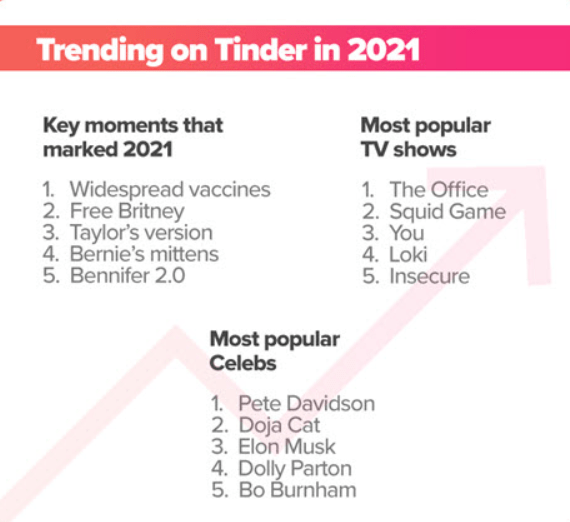
Emojis
Firstly, apparently the side-eye emoji has become 40% more popular over the past year. I honestly couldn’t tell you why Tinder decided to start their report with this, nor can I claim to understand what the side-eye emoji is supposed to convey. Apparently it’s a mix of optimism and skepticism, which is… weird? I can see how it might apply to 2021, though. Surely it’s the sign of a basic Tinder bio to just have an emoji and leave it at that. I feel that more effort could be made.
Video Calls
“Tinder Year In Swipe” moves on to discuss an increase in video calls and online dates. Tinder is keen to stress that people do still see each other in-person, but apparently more vetting is done beforehand. That’s pretty reasonable, really: it’s more dangerous to meet up, so you want to be sure you actually like your match before you add them to your social bubble.
Date ideas
Next up are the activities for the dates themselves. Apparently rollerskating is popular but meeting for a drink is passe. Which is fine, sure, and great for anyone who’s trying out sobriety, but also makes me reminisce about the time when Tinder was just for hookups and, for the true romantics, watching half an episode on Netflix. A Tinder date wasn’t, really, a thing. I suppose if people want to get to know each other that’s fine, I just don’t see why anyone would want to go to Tinder to find a relationship when other sites will do a much more thorough job of setting their users up with potential long-term partners.
Vaccine badges
This is where “Tinder Year In Swipe” gets painfully topical. Vaccine badges have become incredibly popular, as people want to make sure that they’re not exposed to a fatal virus in a pandemic when it’s not necessary. There’s something incredibly human about the desire for human contact and intimacy even when things look unbelievably bleak, and vaccine badges can help to keep people safe, so it’s not really surprising that they’re being used. The vaccine badges are most common amongst Gen Z, which is interesting because, aside from members with pre-existing health conditions, they were the last to receive the vaccine. As Gen Z joins Tinder and inevitably becomes the largest part of their user base, the requirements for the dating app will shift and new emphasis will be put on different things, like the pandemic, apparently.
Small things
According to Tinder’s data, their users are enjoying the small things more and more. In fact, the phrase “small things” increased by 30%. Some examples included offers to pay for a meal or plan a picnic as nice ways to show someone your appreciation for them. This feels appropriate for Tinder and for 2021, as people can’t book tropical holidays because of travel restrictions or buy diamond rings because of mass job losses. Finding out a match’s favourite foods and selecting a beautiful spot for a picnic are small but significant ways to show that you care, and are much lower risk.
Music
Finally, Tinder is proudly sharing the music that their users appreciated most. More and more people have listed the songs they enjoy, including Olivia Rodrigo’s good 4 u and Justin Beiber and Kid Laroi’s Stay. Tinder seems to think that this is because of the “raw emotions” that the songs convey… I would argue that they’ve just been all over TikTok, Instagram and the radio and they’re annoyingly catchy. Perhaps this is a generational difference, but I’m not sure I could take anyone seriously if they said that the overproduced Stay made me want to do anything but, um, leave.
“Tinder Year In Swipe” Conclusion
It’s a shame, really, that Tinder doesn’t do its own version of Spotify Wrapped. I can imagine the results being shared in a group chat to howls of laughter and a few drunken nights with friends comparing how many people you accidentally ghosted or the longest time you left someone on read before attempting to restart the conversation. The Tinder statistics aren’t personal or especially insightful. It doesn’t make anyone really think about their life or consider how they’re consuming or interacting with others. It isn’t even especially consistent: the report bounces between emoji use to discussions around the pandemic and then back to popular songs without any real consideration of what each of these things implies and how (or if) they are linked. Nevertheless, it’s mildly interesting to see what data a company can put out when they have access to the private lives of their 75 million users. If you’d like to find out more, the full “Tinder Year In Swipe” is available on the Tinder Website.



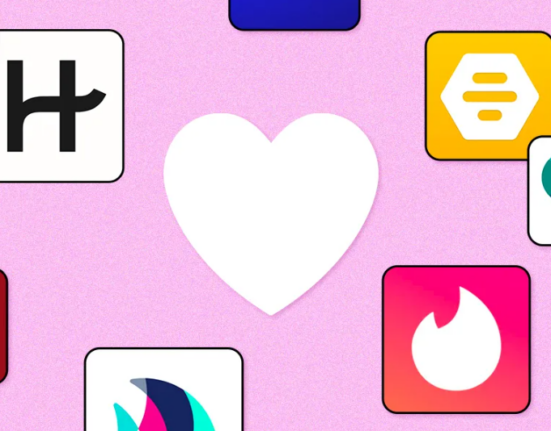



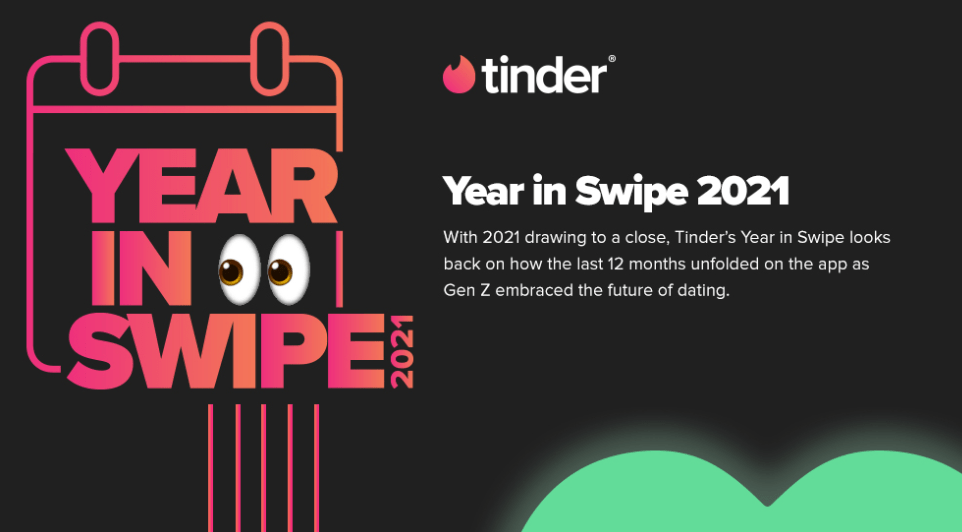


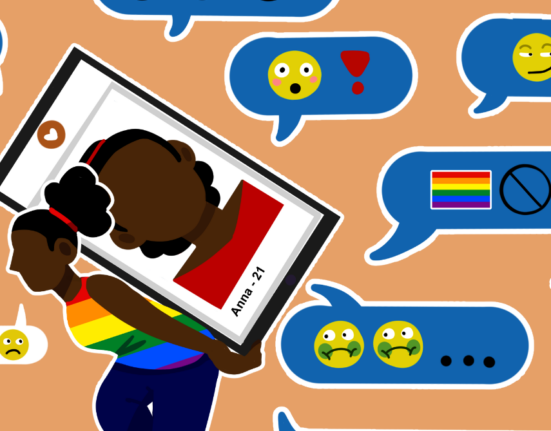
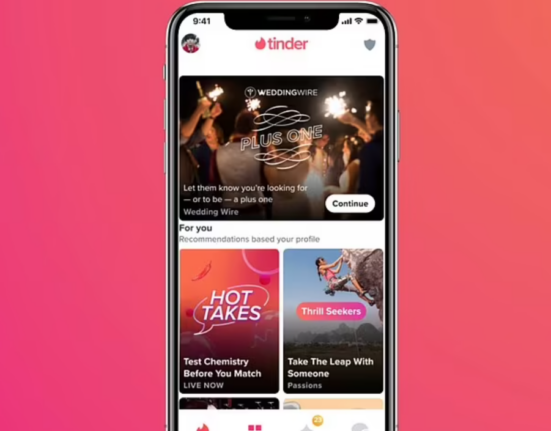


Leave feedback about this